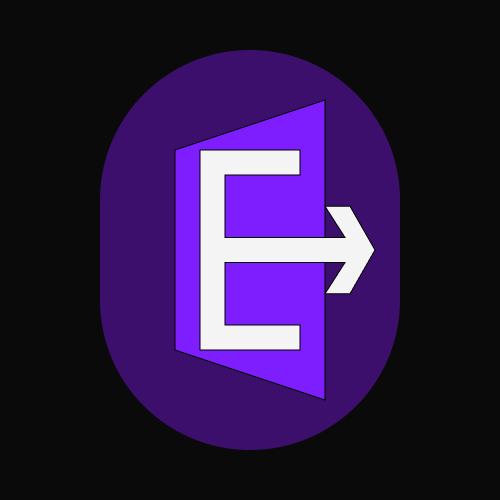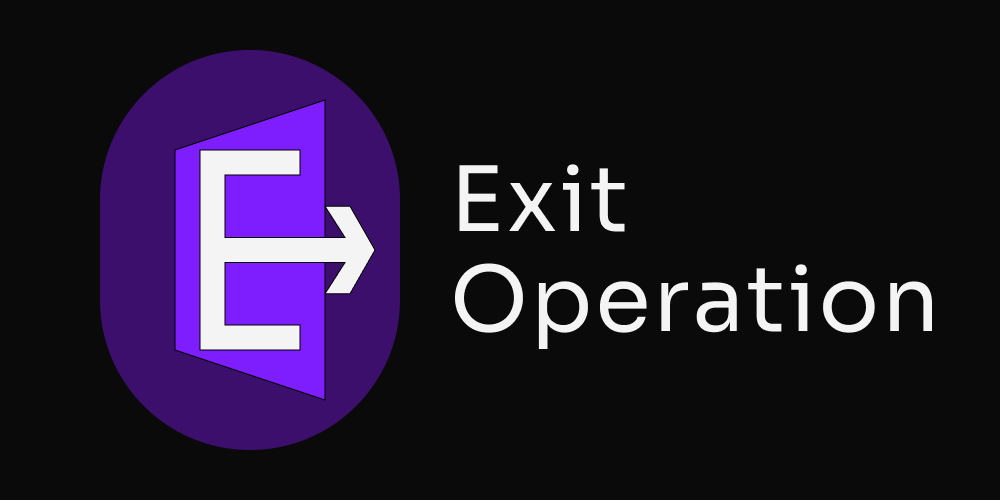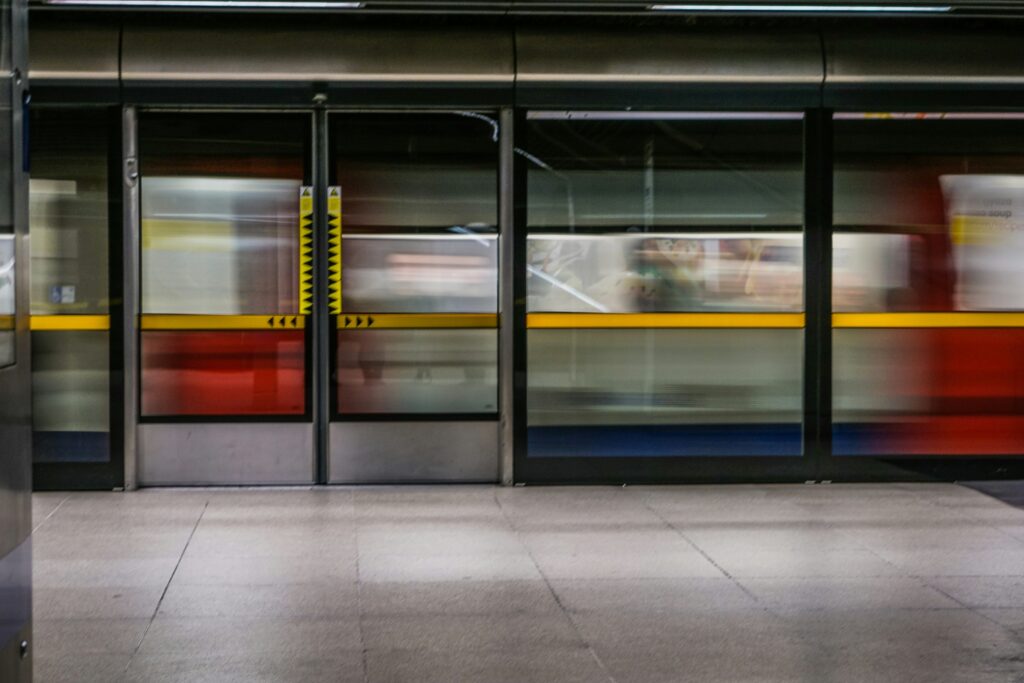Our Mission
Help every rider exit faster by telling them exactly where to stand and which door to use for each station, line and direction, so they step off beside the right staircase or interchange, walk less on the platform, and reach their destination sooner.

Founder’s note
Clear, practical guidance people can use before they board.
Exit Operation maps exits, stairs and lifts to the doors that land you closest for each station, line and direction on the Underground. The output stays simple. Stand here. Use this door. Step off near the staircase you want or the best point for a clean transfer.
The dataset comes from real layouts and repeat checks across different crowd levels. We time walks, review the path choices and keep a plain change log so updates are easy to follow. When stations change, the guidance changes. At interchanges the system prefers short, clean transfers. At final exits it favours paths that keep people moving without the long platform walk.
Integration is straightforward. Add the API to a planner or use a light widget and theme it to match your product. If you want to see it on your routes, I can share a quick demo and set up a small pilot.


